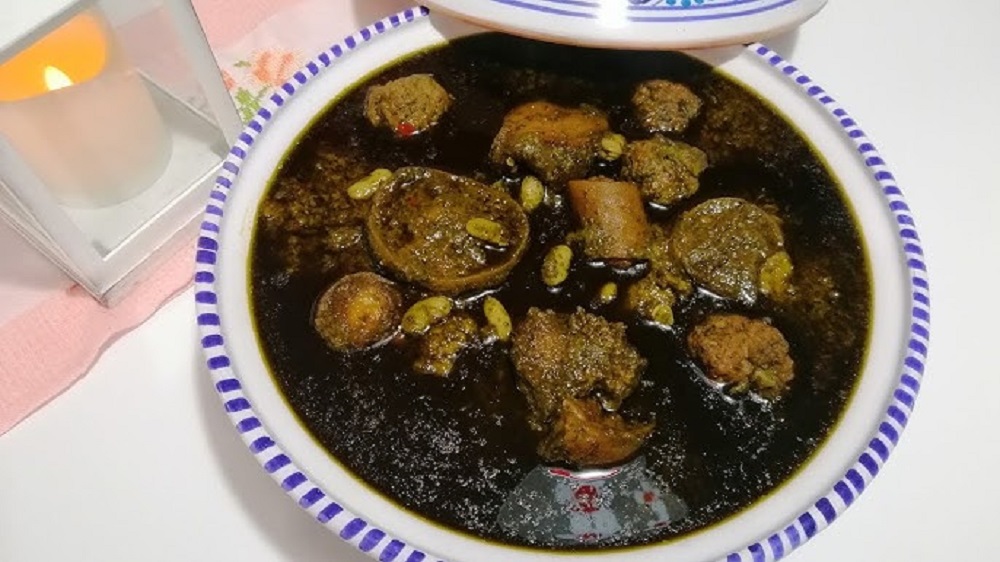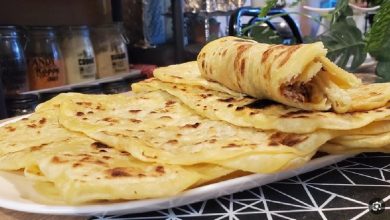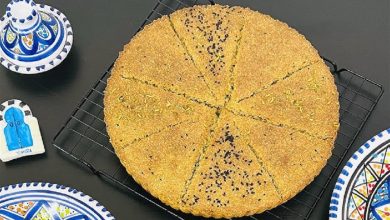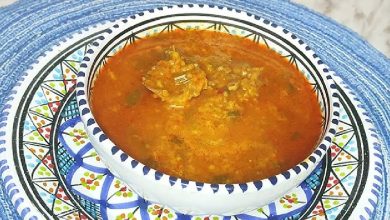Madfouna: Tunisia’s Hidden Treasure of Traditional Stews
Uncover the Rustic and Hearty Layers of “Al-Madfouna,” a Deeply Rooted Dish in Tunisian Cuisine.
Madfouna (Arabic: المدفونة), meaning “the buried” in Arabic, is a traditional Tunisian dish that embodies rustic warmth, depth of flavor, and ancestral cooking methods. Named for the way its ingredients are “buried” under layers of spices, herbs, and sauces during slow cooking, Madfouna is a dish deeply rooted in the culinary heritage of southern Tunisia, particularly in rural and Bedouin communities.
Madfouna is a hearty stew—sometimes compared to a layered tagine or slow-cooked pot roast—where meat, spices, vegetables, and sometimes legumes are cooked together until everything becomes incredibly tender and flavorful.
What Is Tunisian Madfouna?
At its core, Madfouna is about layering and burying flavors. It can be prepared in different ways depending on the region, family tradition, or ingredients available. However, the most classic versions share these common elements:
-
Meat-based: Usually made with lamb or beef, cut into chunks and seared with spices. In coastal areas, fish or poultry may be used.
-
Spices and aromatics: Including garlic, cumin, paprika, caraway, and turmeric—all blended into a rich, earthy sauce.

-
Slow-cooking: The dish is sealed and slow-cooked, traditionally in clay pots or buried in coals, to allow the meat to become tender and infused with deep flavor.
-
Vegetables: Layers of onion, chickpeas, and sometimes potatoes or carrots enhance the depth of the dish.
-
Presentation: Once cooked, the meat is served with the sauce poured over couscous, barley, or fresh bread.
Cultural and Historical Significance
The origin of Madfouna lies in nomadic cooking traditions in the south and desert regions of Tunisia. The name refers to the ancient practice of burying pots in hot sand or embers, where food would cook slowly while the family went about daily chores.
This technique reflects resourcefulness and respect for ingredients—ensuring nothing is wasted and every component is absorbed into the final taste.
Madfouna is more than just a dish—it’s a story of survival, patience, and community, often prepared during festivals, family gatherings, or Eid celebrations.

Modern Revivals
In recent years, Madfouna has seen a revival in urban restaurants and food blogs, where chefs reinterpret it using slow cookers or Dutch ovens, maintaining the original flavors while adapting to modern kitchens.
It’s often served with:
-
Traditional Tunisian harissa
-
Warm semolina bread or tabouna
-
Mint tea or lben (fermented milk)
Its popularity is rising among food lovers searching for authentic Tunisian flavors beyond the more well-known couscous.



